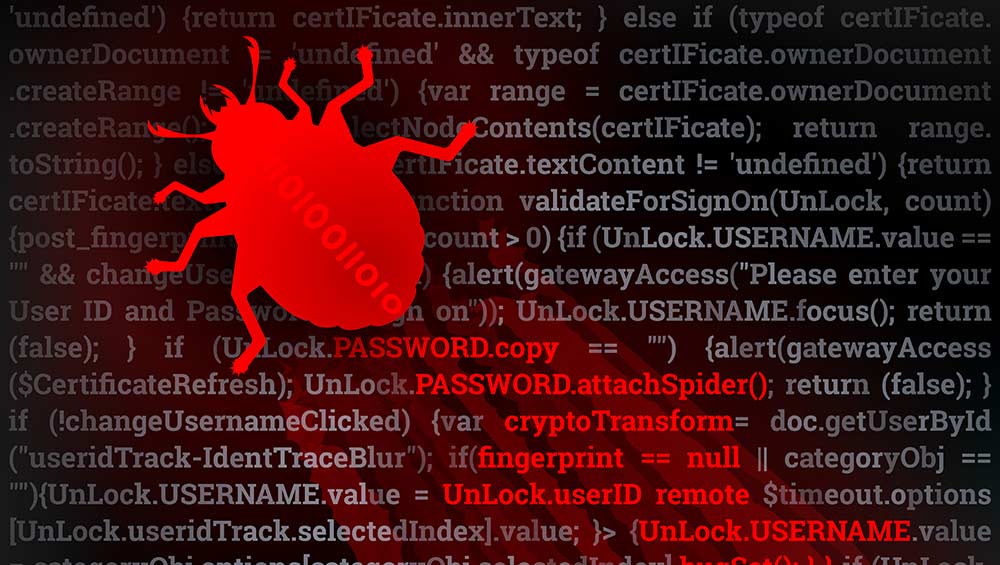Hackers use open source Microsoft dev platform to deliver trojans
Microsoft's Build Engine is being used to deploy Remcos password-stealing malware


Hackers have abused an open source development tool provided by Microsoft to deliver password-stealing trojans to unsuspecting victims.
Security researchers at Anomali Threat Research observed a new campaign whereby threat actors used Microsoft Build Engine (MSBuild) to filelessly deliver the Remcos remote access tool (RAT) and password-stealing malware commonly known as RedLine Stealer.
Researchers said the campaign appeared to have begun in April this year and was ongoing. Hackers used MSBuild — a tool used for building apps and gives users an XML schema “that controls how the build platform processes and builds software” — to deliver RemcosRAT and RedLine stealer using callbacks.
The files delivered contained encoded executables and shellcode — some were hosted on Russian image-hosting site, “joxi[.]net.” While researchers couldn’t determine the distribution method of the .proj files, these files’ objective was to execute either Remcos or RedLine Stealer. Most of the malware analyzed delivered Remcos as the final payload.
Once installed on the victim’s computer, the Remcos trojan allows hackers to remote control, remote admin, remote anti-theft, remote support, and pentest a machine.
RELATED RESOURCE

While Remcos is commercial software created by Breaking Security, hackers often use it for malicious purposes. Researchers said the software enables full access to the infected machine with features like anti-AV, credential harvesting, gathering system information, keylogging, persistence, screen capture, script execution, and more.
The other malware observed in the campaign is Redline Stealer. This malware is written in .Net and when installed on a victim’s system, it can steal multiple types of data, such as cookies, credentials, crypto wallets, NordVPN credentials, stored web browser information, and system information. It will also search for multiple products, including cryptocurrency software, messaging apps, VPNs, and web browsers.
Get the ITPro daily newsletter
Sign up today and you will receive a free copy of our Future Focus 2025 report - the leading guidance on AI, cybersecurity and other IT challenges as per 700+ senior executives
Using MSBuild allows hackers to evade detection while installing malicious payloads directly to a targeted computer's memory.
"The threat actors behind this campaign used fileless delivery as a way to bypass security measures, and this technique is used by actors for a variety of objectives and motivations," said researchers.
"This campaign highlights that reliance on antivirus software alone is insufficient for cyber defense, and the use of legitimate code to hide malware from antivirus technology is effective and growing exponentially."
Rene Millman is a freelance writer and broadcaster who covers cybersecurity, AI, IoT, and the cloud. He also works as a contributing analyst at GigaOm and has previously worked as an analyst for Gartner covering the infrastructure market. He has made numerous television appearances to give his views and expertise on technology trends and companies that affect and shape our lives. You can follow Rene Millman on Twitter.
-
 Bigger salaries, more burnout: Is the CISO role in crisis?
Bigger salaries, more burnout: Is the CISO role in crisis?In-depth CISOs are more stressed than ever before – but why is this and what can be done?
By Kate O'Flaherty Published
-
 Cheap cyber crime kits can be bought on the dark web for less than $25
Cheap cyber crime kits can be bought on the dark web for less than $25News Research from NordVPN shows phishing kits are now widely available on the dark web and via messaging apps like Telegram, and are often selling for less than $25.
By Emma Woollacott Published
-
 CronRat Magecart malware uses 31st February date to remain undetected
CronRat Magecart malware uses 31st February date to remain undetectedNews The malware allows for server-side payment skimming that bypasses browser security
By Rene Millman Published
-
 Mekotio trojan continues to spread despite its operators’ arrests
Mekotio trojan continues to spread despite its operators’ arrestsNews Hackers have used it in 100 more attacks since arrests
By Rene Millman Published
-
 “Trojan Source” hides flaws in source code from humans
“Trojan Source” hides flaws in source code from humansNews Organizations urged to take action to combat the new threat that could result in SolarWinds-style attacks
By Rene Millman Published
-
 What is Emotet?
What is Emotet?In-depth A deep dive into one of the most infamous and prolific strains of malware
By Praharsha Anand Last updated
-
 Fake AnyDesk Google ads deliver malware
Fake AnyDesk Google ads deliver malwareNews Malware pushed through Google search results
By Rene Millman Published
-
 Android users told to be on high alert after Cerberus banking Trojan leaks to the dark web
Android users told to be on high alert after Cerberus banking Trojan leaks to the dark webNews The source code for the authenticator-breaking malware is available for free on underground forums
By Sabina Weston Published
-
 Qbot malware surges into the top-ten most common business threats
Qbot malware surges into the top-ten most common business threatsNews An evolved form of the banking Trojan was distributed by number one-ranking Emotet in a campaign that hit 5% of businesses globally
By Keumars Afifi-Sabet Published
-
 BlackRock banking Trojan targets Android apps
BlackRock banking Trojan targets Android appsNews Trojan steals login credentials and credit card information and has targeted more than 300 apps
By Sarah Brennan Published